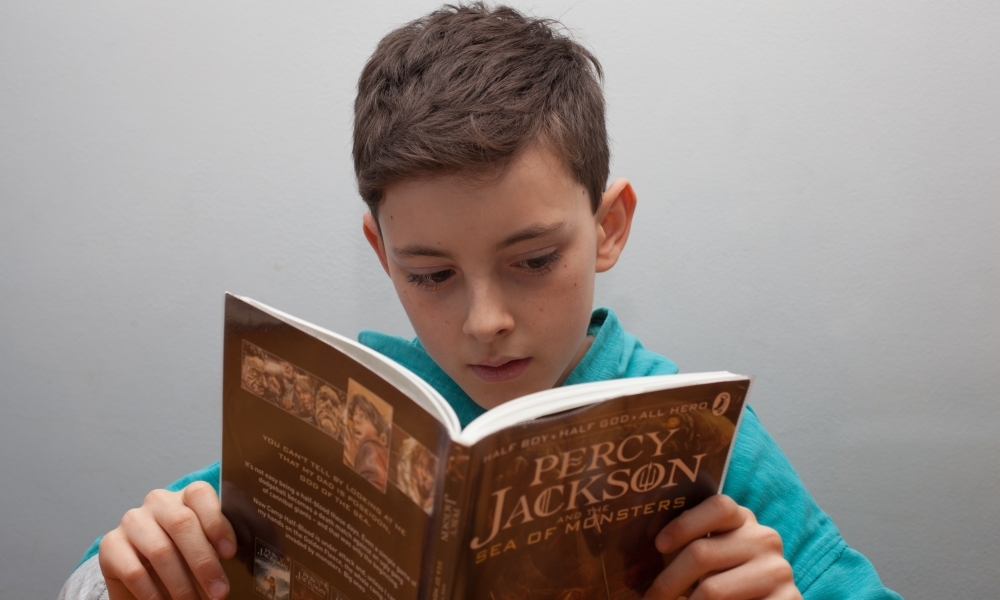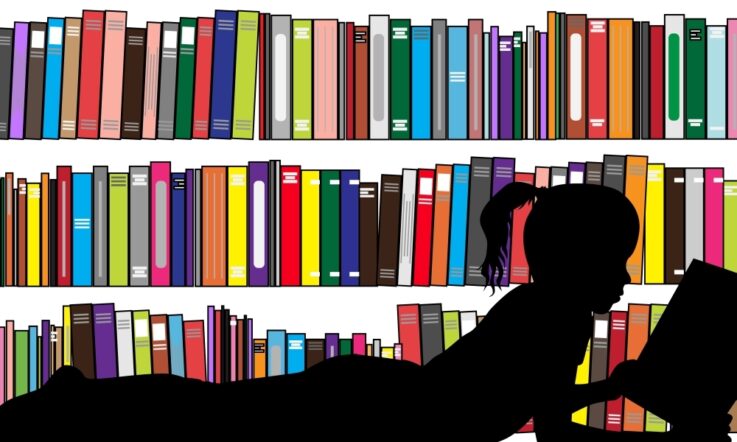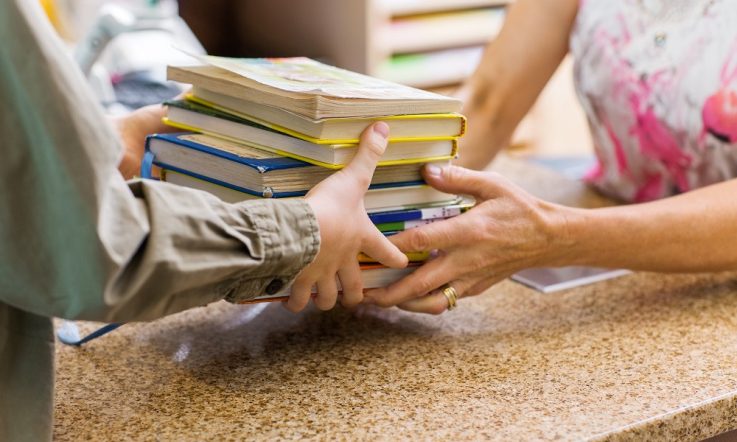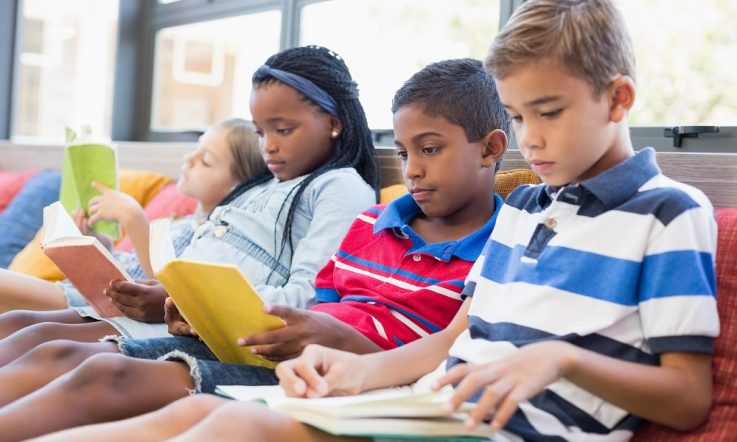A new Australian study exploring reading enjoyment, reading frequency and student achievement has challenged the gender stereotype that boys prefer non-fiction, underscoring the importance of all students being given access to a wide range of genres and text types from an early age.
Reading for pleasure has been a recurring topic on Teacher in recent weeks. Research shows it is linked to higher reading outcomes, and has a positive impact on vocabulary, spelling and maths skills. Now, Associate Professor Laura Scholes says these ‘significant’ and ‘unexpected’ new findings ‘challenge the long-standing myth’ that boys prefer to plump for non-fiction.
‘Fiction plays a key role in reading development,’ she says. ‘So, facilitating opportunities to develop sustained enjoyment of reading of this text type in the classroom is one way to expand boys’ repertoire of experience. It also supports students with more limited access to quality reading resources.’
Scholes, an expert in educational semiotics from the Institute of Learning Sciences and Teacher Education, Australian Catholic University in Brisbane, and lead author of the study, shares the findings in the International Journal of Inclusive Education.
The study investigated self-reported reading enjoyment, reading frequency and NAPLAN (National Assessment Program – Literacy and Numeracy) reading scores for 152 boys and 166 girls from 14 schools across South East Queensland. The students were all in Year 3 and the majority attended state schools.
They were asked to rate their level of enjoyment for reading fiction, non-fiction, and comics and magazines, from ‘like a lot’ to ‘like a little’ or ‘don’t like’. They also had to indicate how frequently they read, ranging from ‘daily’ to ‘hardly ever’.
Fiction was the genre most enjoyed by both boys and girls in the study. More than half of the boys (58 per cent), said they liked fiction or story books ‘a lot’, with 51 per cent enjoying non-fiction and 43 per cent enjoying comics/magazines ‘a lot’; for girls, the figures were 67 per cent, 55 per cent and 32 per cent, respectively.
‘An unexpected finding was the way fiction was the most favoured genre for boys in contrast to ongoing claims that boys prefer non-fiction,’ Scholes writes, citing OECD data. ‘Another unexpected finding was girl’s high level of enjoyment for reading non-fiction … This finding again contrasts with much stereotyping about boys and non-fiction. Comics and magazines were the least enjoyed genre for both boys and girls with 24 per cent of the boys indicating they did not enjoy these types of reading materials.’
Other findings from the study include:
- More girls (55 per cent) than boys (39 per cent) reported reading every day, and more boys than girls (17 per cent compared to 8 per cent) said they hardly ever read.
- Students from higher economic communities tended to attain higher NAPLAN reading scores.
- A correlation between Year 3 students’ higher levels of enjoyment for fiction and non-fiction, higher reading frequency, and higher achievement in NAPLAN reading tests.
Scholes says the study findings suggest, instead of purely focusing on developing reading skills, teachers should also promote the will to read and the enjoyment gained from literature. ‘The study demonstrates the importance of promoting reading enjoyment – particularly fiction – early on in schooling. This includes special consideration for boys and students from economically marginalised communities.’
She also recommends teachers make regular contact with parents, carers and families to discuss strategies that encourage students to read, and says visits to libraries are particularly important for emerging readers.
References
Scholes, L. (2021). Year 3 boys’ and girls’ enjoyment for reading across economic demographics in Australia. Implications for boys and students from lower SES communities. International Journal of Inclusive Education. https://doi.org/10.1080/136031...
Think about your own students – do you know their individual preferences when it comes to reading for enjoyment? Do you ensure all students have the opportunity to access different genres and text types in your classroom or school library? How often do you speak to parents, carers and families about strategies to encourage their child to read for pleasure?



